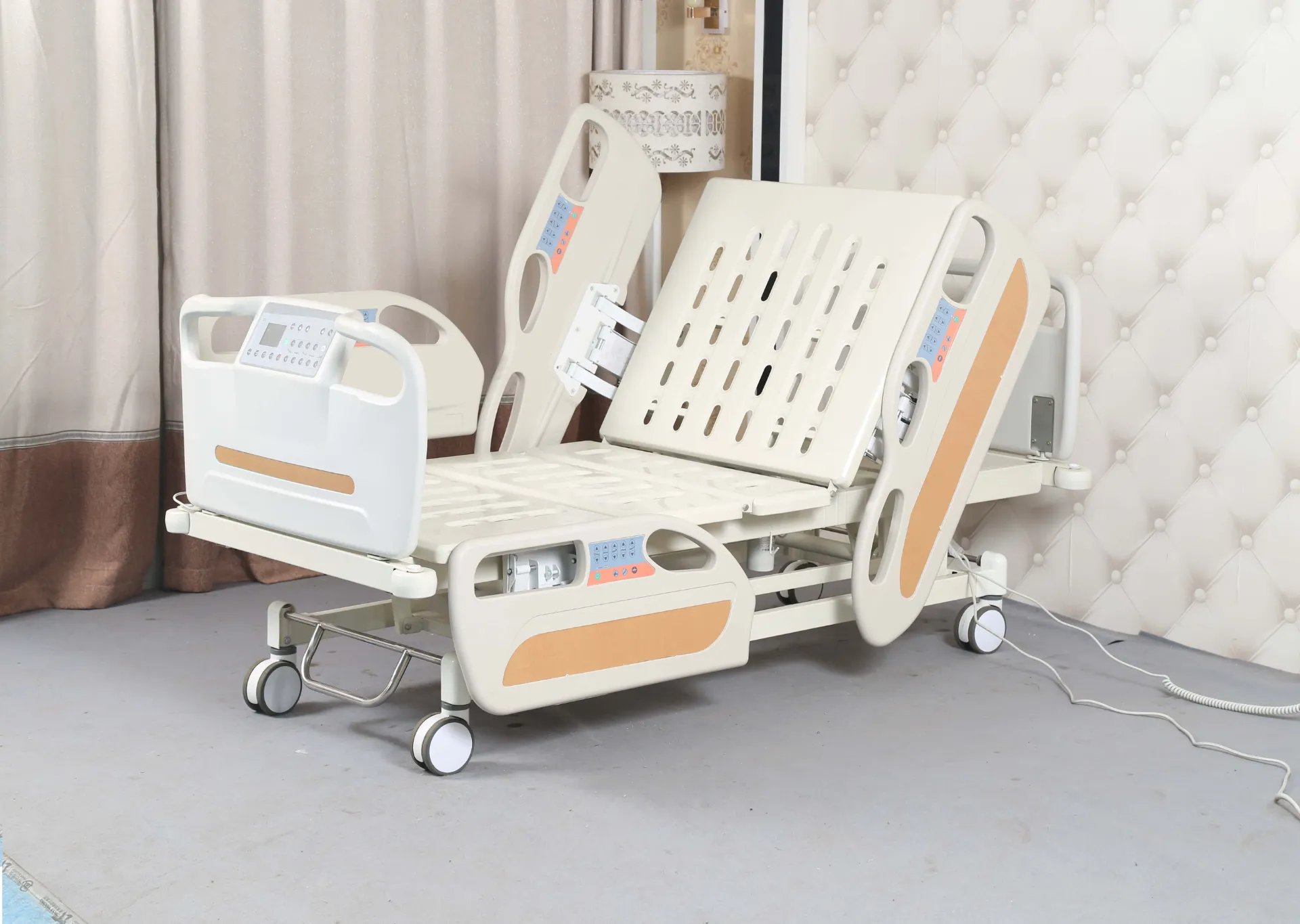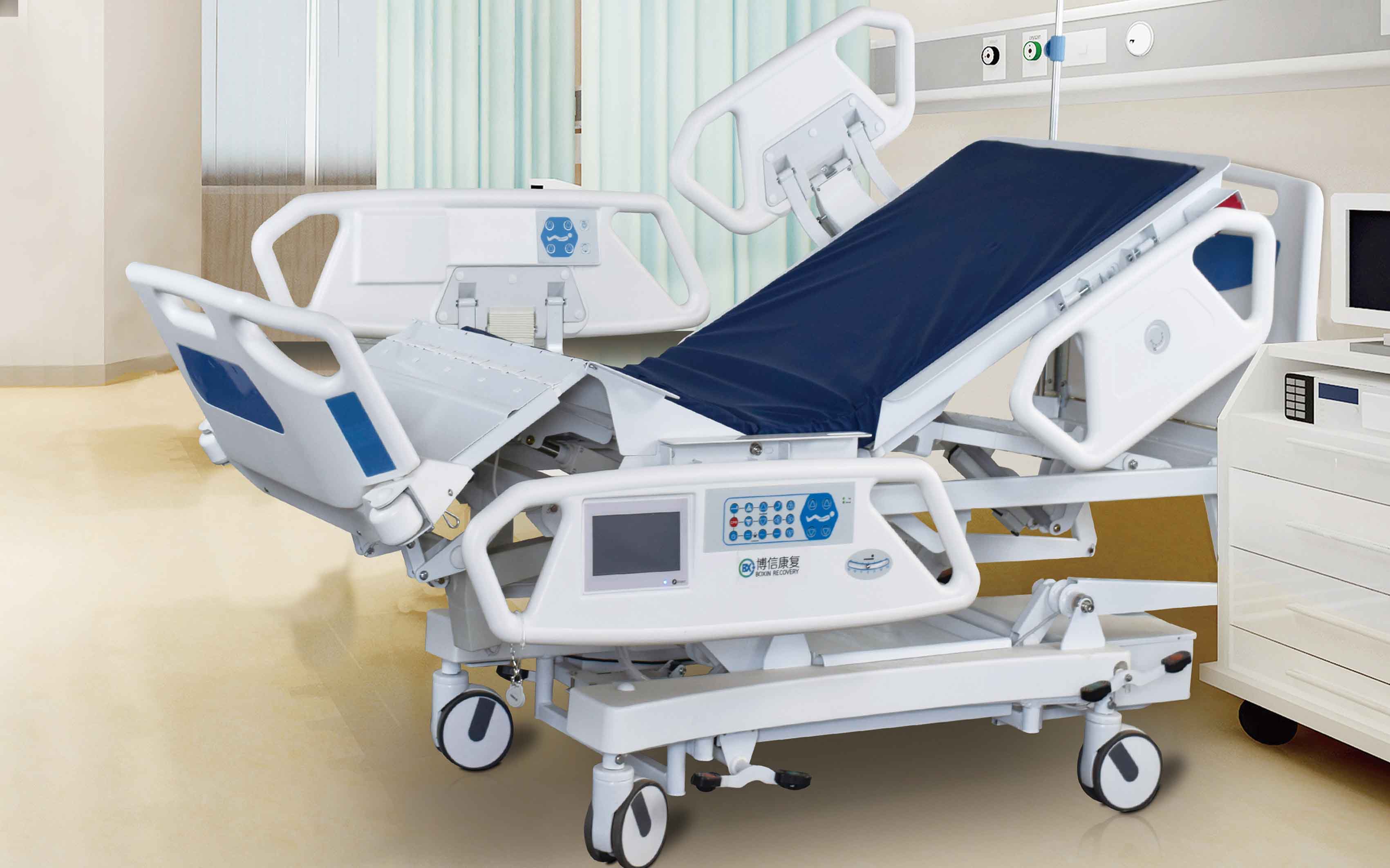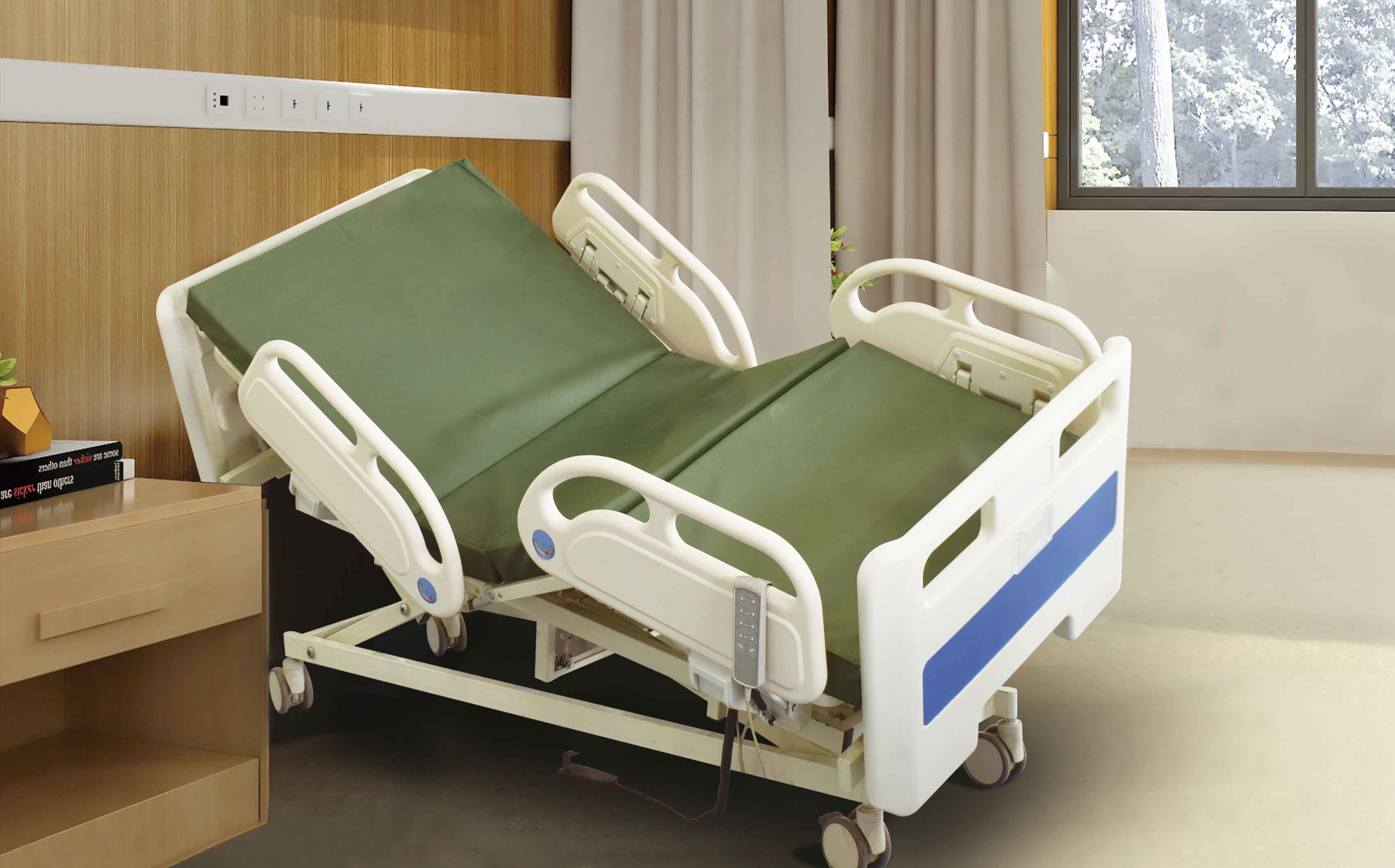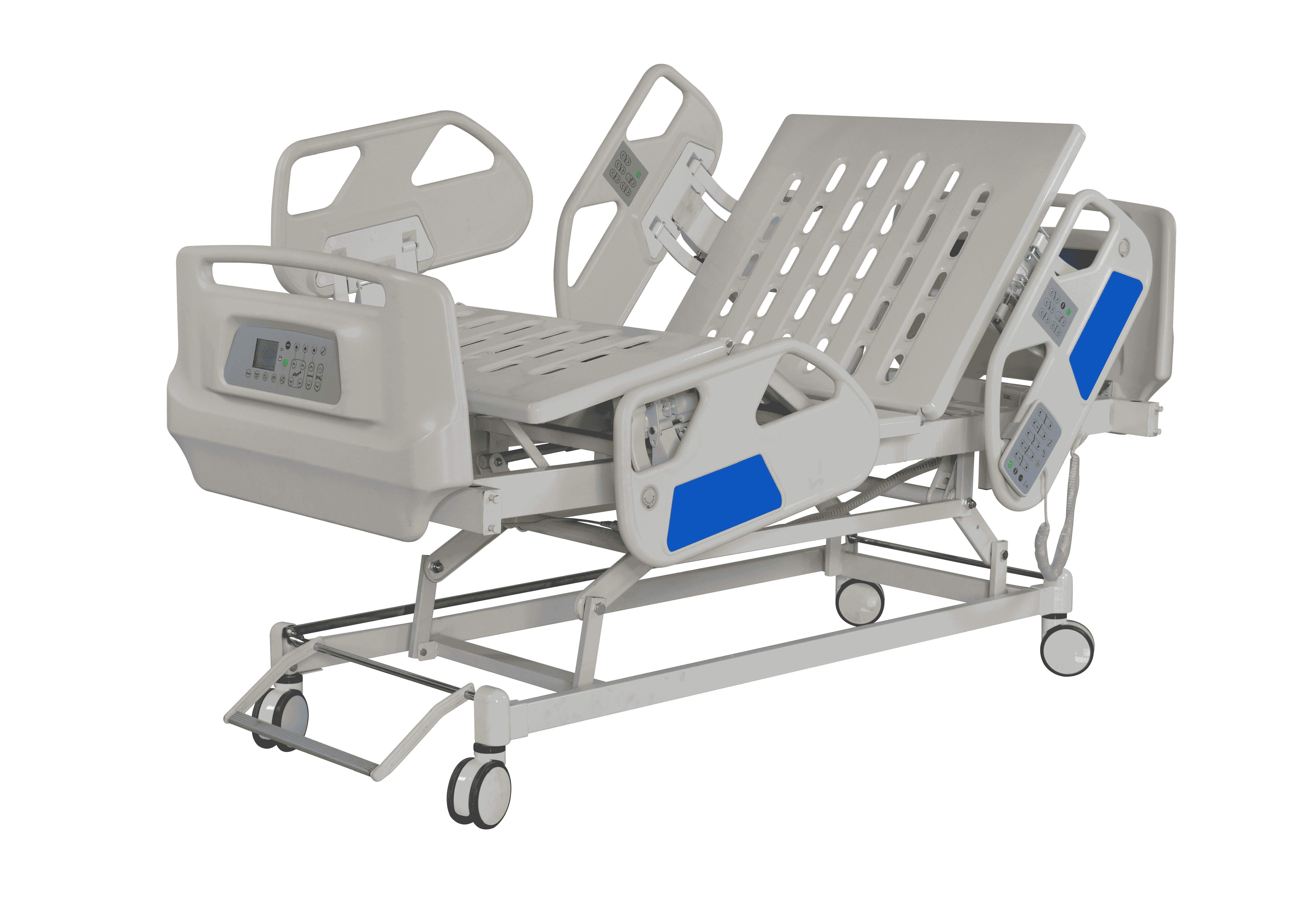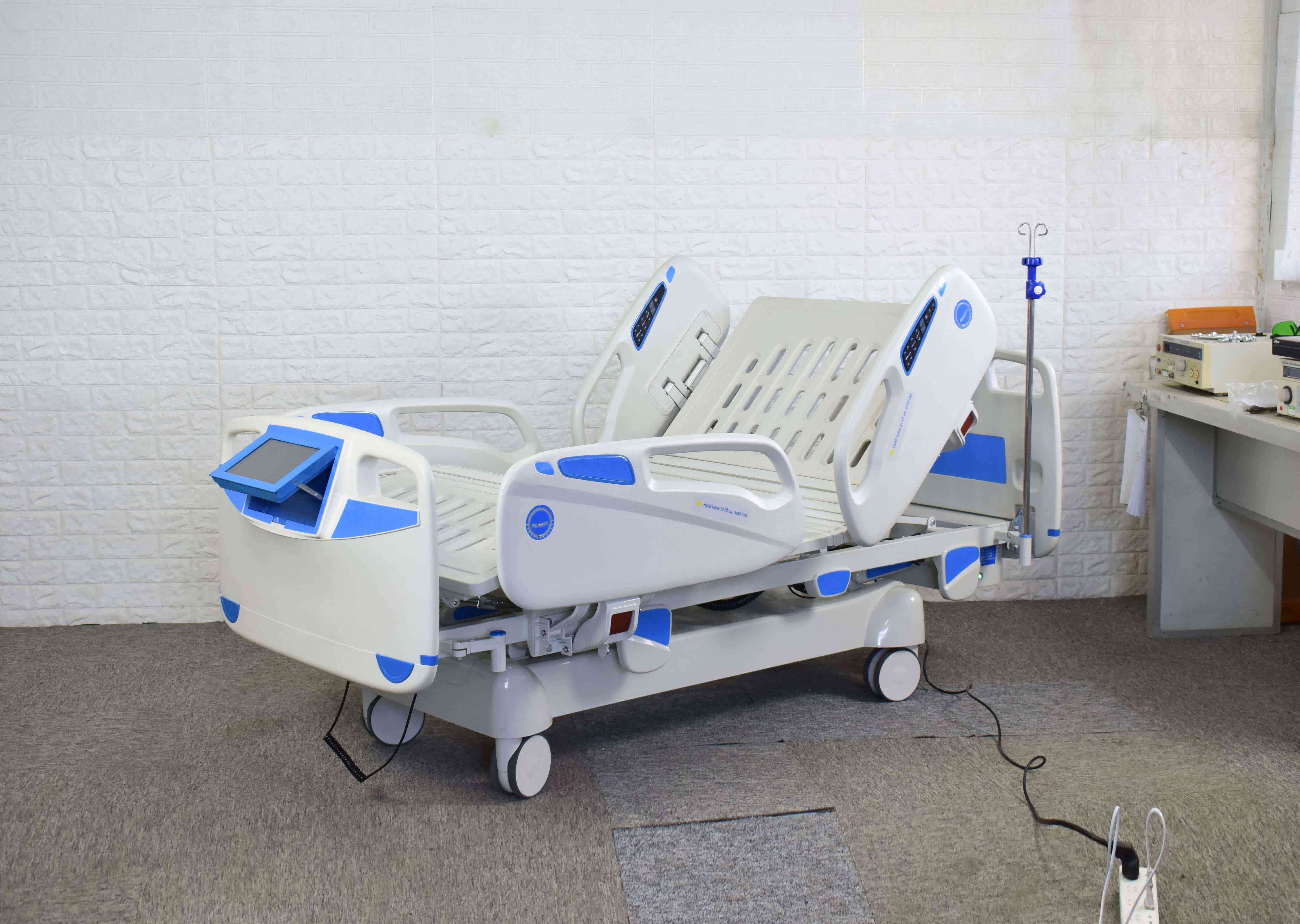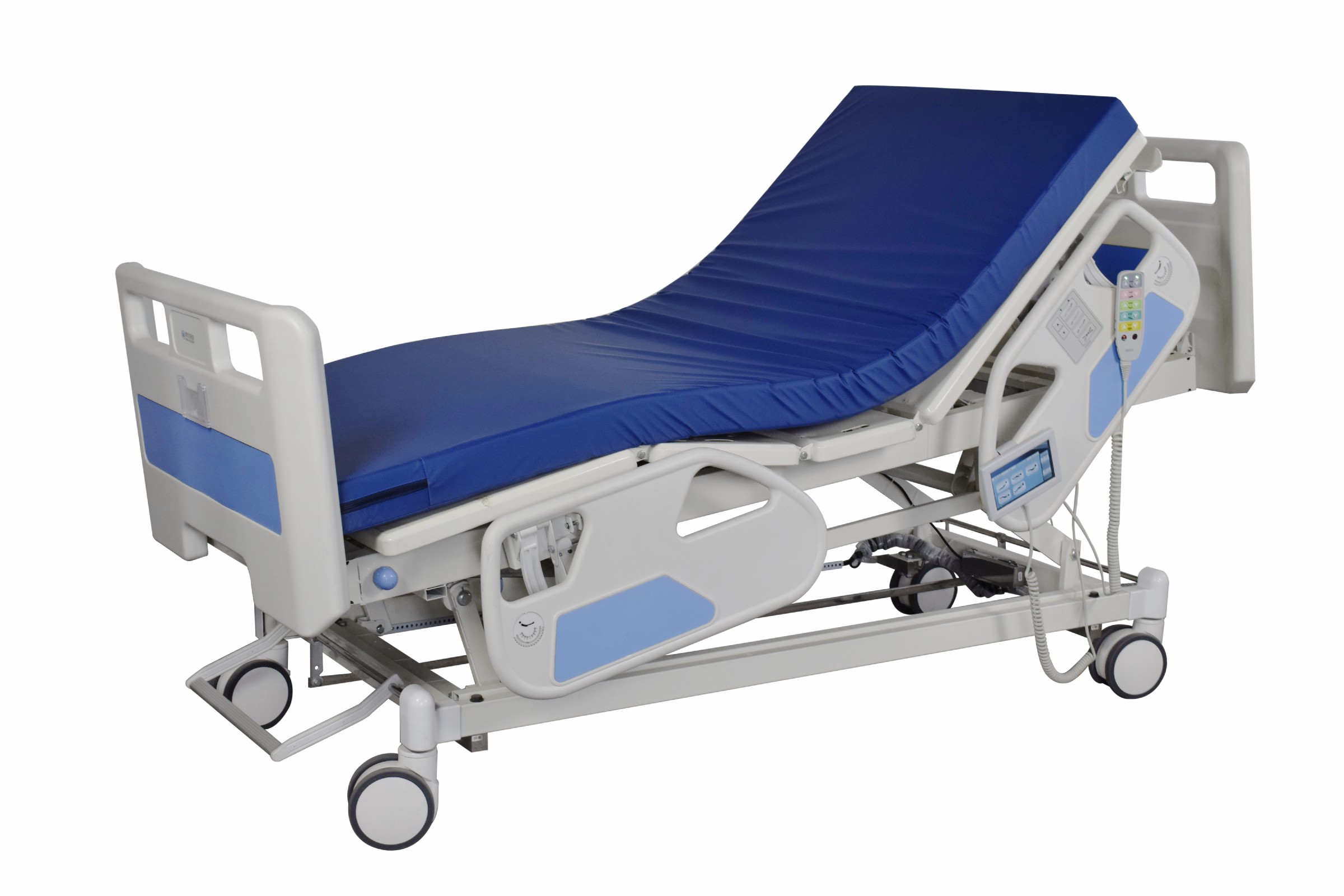Welcome to our websites!
Essential Guide to Understanding and Choosing the Right Medical Crutches for Your Needs
Understanding Crutches Essential Medical Equipment for Mobility
Crutches have been an integral part of medical equipment for centuries, providing essential support to individuals with mobility challenges. Whether due to injury, surgery, or various health conditions, crutches enable patients to regain a degree of independence, allowing them to move around safely while minimizing strain on their injured limbs.
Types of Crutches
There are several types of crutches designed to cater to different needs. The most common types include
1. Axillary Crutches Also known as underarm crutches, these are the traditional crutches most people think of. They have a padded support that rests under the armpit and are commonly used for temporary injuries, such as sprains or fractures.
2. Forearm Crutches Also referred to as Lofstrand crutches, these are designed for those who may require longer-term support. They have a cuff that fits around the forearm, providing more control and stability, making them suitable for people with various disabilities.
3. Platform Crutches These are designed for individuals who may have wrist or hand conditions making it difficult to grip standard crutches. The forearm rests on a platform, allowing the user to push off using their arms.
Choosing the Right Crutches
medical equipment crutches

Selecting the appropriate type of crutches is vital for effective rehabilitation. Factors to consider include the nature of the injury, the user’s physical condition, and personal comfort. It's essential to consult with healthcare professionals to ensure that the chosen crutches match the user’s requirements. Proper fitting is also crucial; crutches that are too tall or too short can lead to discomfort and further complications.
Proper Use and Technique
Learning to use crutches correctly is essential for safety and efficiency. Users should be trained on how to properly navigate stairs, uneven surfaces, and how to sit and stand using crutches. Here are some basic tips for effective use
- Weight Distribution Place most of the weight on the hands and arms rather than the armpits to prevent discomfort and potential injury. - Movement Technique Move the crutches forward before taking a step with the injured leg, maintaining a steady pace. - Navigating Stairs When moving up stairs, the “good” leg should step up first, followed by the crutches and the injured leg. Going down, the crutches should lead, followed by the injured leg and then the “good” leg.
Maintenance and Care
Like any piece of medical equipment, crutches require regular inspection and maintenance. Users should check for wear and tear on the rubber tips, which provide traction and stability. It’s essential to replace worn tips to ensure safety and prevent slipping.
Conclusion
In conclusion, crutches are vital medical equipment that plays a crucial role in helping individuals regain mobility and independence after an injury or surgery. Understanding the different types of crutches, the importance of proper use, and regular maintenance can significantly enhance a user’s recovery experience. With the right support and education, crutches can empower individuals, allowing them to navigate their environments safely and regain their confidence.
-
Transforming Healthcare with Hospital FurnitureNewsJun.24,2025
-
Rehabilitation EquipmentNewsJun.24,2025
-
Mobility and Independence with WheelchairsNewsJun.24,2025
-
Freedom of Mobility with Our Rollator WalkersNewsJun.24,2025
-
Comfort and Independence with Commode ChairsNewsJun.24,2025
-
Bathing Safety and Independence with Shower ChairsNewsJun.24,2025
-
Navigating the Wholesale Landscape of Electric Mobility Solutions: Key Considerations for Power Wheelchair DealersNewsJun.10,2025


